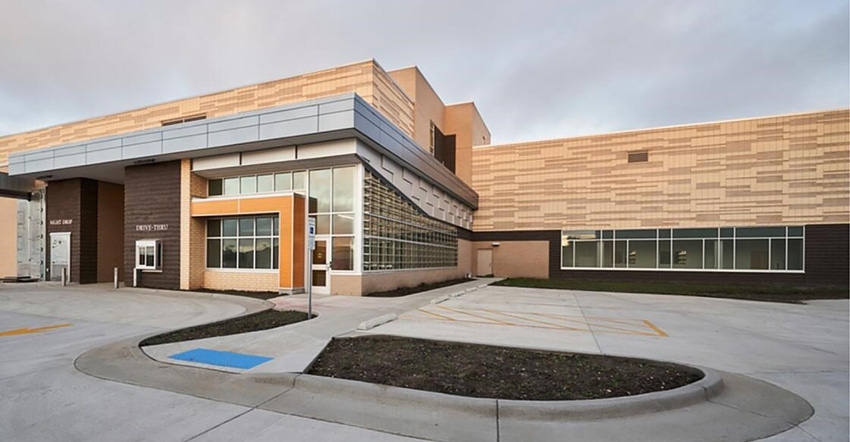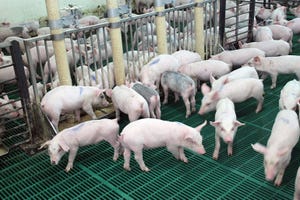Existing Veterinary and Biomedical Sciences building will be renovated for primarily research purposes and some teaching.

The newest tool for fighting animal diseases in South Dakota is now open for business.
Over the weekend, the transfer of lab equipment from the state's existing Animal Disease Research & Diagnostic Laboratory to the newly constructed lab has been completed on the South Dakota State University campus in Brookings.
South Dakota's Animal Disease Research & Diagnostic Laboratory has been on the SDSU campus since 1967, and was added onto in 1993, but the animal disease diagnostic world has changed a lot since then. In addition to the changes in disease diagnostics, the work load at the lab has also ramped up, justifying the need for a bigger tool box with improved tools.
That bigger and better tool box comes in the form of a $58.6 million expansion and renovation of the ADRDL, featuring a Biosafety Level 3 laboratory in the 80,000 square-foot addition with space for bacteriology, clinical pathology and parasitology, DNA sequencing and bioinformatics, serology, food safety microbiology, virology, histopathology, molecular diagnostics, extension and outreach, specialized research testing, and research.
Jane Christopher-Hennings, Animal Disease Research & Diagnostic Laboratory department head/director/professor, says about 500,000 tests have been performed at the lab each year of the past five years, and of those 200,000 are molecular tests. In 1993, "we didn't even have a section for it. In fact, we had to move out some of our research laboratories to other buildings so we could just make a molecular diagnostics section," she says, at the ribbon cutting of the new facility in early September.
Christopher-Hennings says the higher-level biosafety of the new lab will allow greater flexibility in working with a multitude of pathogens. "We now have higher biocontainment and bio-safety features, so if we have a foreign animal disease outbreak, or if we're working with zoonotic type diseases, such as rabies, or influenza, it's safer to put them in a separate area that's separate from the rest of the lab," she says. "It means a lot on the worker safety side, too. But this way we can be prepared for anything."
Other work being done at the ADRDL is active surveillance for African swine fever, and programs for the USDA National Animal Health Laboratory Network and the Food and Drug Administration. "We're doing some work on looking at whole genome sequencing of different salmonella's and other bacteria where we can look for antibiotic resistance" she says. "So we'll have a lot more capability on the research and diagnostics side."
Now that the new lab is accepting and processing animal specimens, the existing Veterinary and Biomedical Sciences building will be renovated for primarily research purposes and some teaching.
SDSU and the University of Minnesota have agreed to start a professional (Doctor of Veterinary Medicine) program in veterinary medicine, where students would be able to complete their first two years of courses at SDSU before transferring to the U of Minn. for their final two years of veterinary school. "We have historically taught undergraduate students with 'hands-on' learning in the current laboratories and classroom, but with the renovated building, there will be a couple of spaces that would help for outreach and teaching," she says. The first students, approximately 20 per class, are hoping to be enrolled in the fall of 2021 to start the professional program in veterinary medicine in Brookings.
With Brookings' close proximity to Minnesota, Iowa and Nebraska, Christopher-Hennings sees the new ADRDL to be of even greater service to the state and the region. "That's what this building means to us," she says. "So that means a lot with getting all the support that we've had from the state legislature and the ag communities here in the state."
About the Author(s)
You May Also Like



